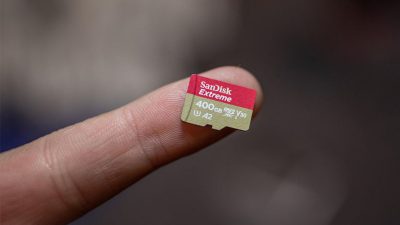A home is classed as a smart home when it is furnished with lighting, heating, and electronic gadgets that can be controlled remotely by various devices. The gadgets utilise data by checking and analysing numerous parts of a home. This is then used to provide insights and feedback to the user.
Are Brits buying it?
77% of Brits have heard of smart homes and 6% say they have heard a great deal about smart homes. Shockingly, 30% of Brits possess a smart TV and 16% of Brit possess a Smart Meter but yet, there are still so much of the population that don’t know much about smart homes.
Industry experts would argue that these statistics ought to be a lot higher as the total value of the smart home market is around £3,204 million. The market is expected to develop at a yearly pace of 13.2% which will effectively bring the market volume up to £5,254 million by 2023.
Currently, the normal expense per smart home costs around £570. This, obviously, relies upon the type and amount of smart home innovation that is introduced inside a home. There is still discussion on what type, or how much smart technology is required before it’s classed as a smart home.
The UK smart home market was worth 1 billion in 2017, but with an expansion of 35%, it is now the second-biggest market in Europe after Germany.
So are they buying it? Yes. But there’s a catch, they’re buying into some smart technology more than others. The team over at Art Windows & Doors have created the below infographic to give you more information about how Brits feel about different parts of the smart sector and also what they want from the future of smart technology.
Once you’ve read through, be sure to head to our website to view our full range of smart home devices for your house!
























Comments